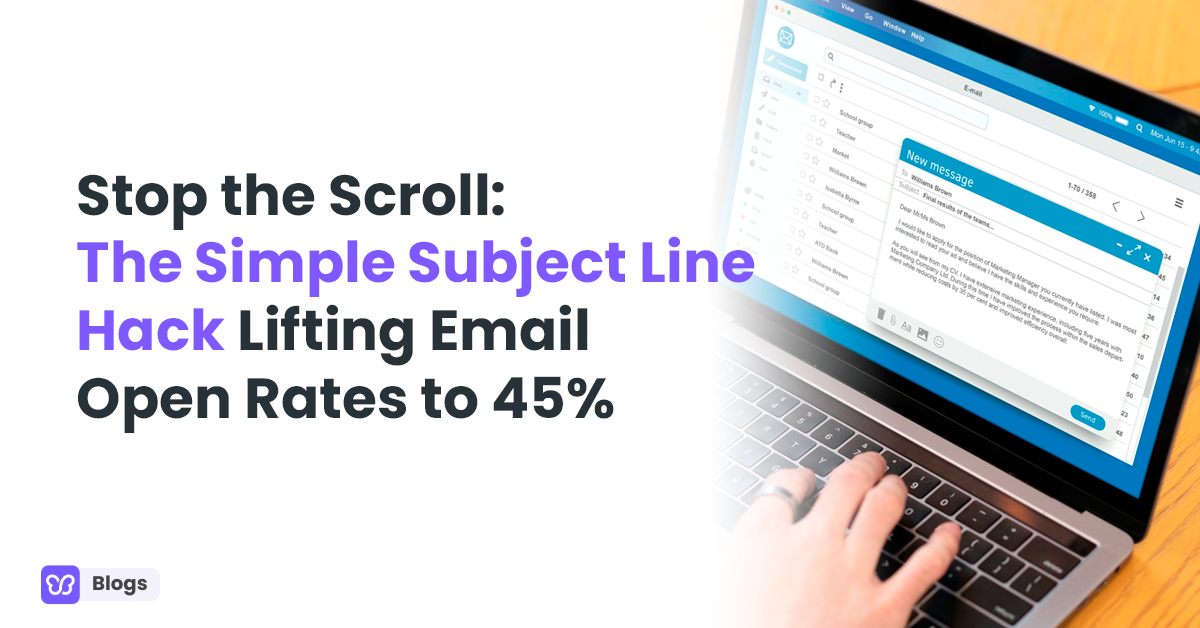Did you know that understanding the differences between upstream and downstream marketing can make or break your digital marketing success?
Before diving into the battle of strategies, it's crucial to understand the concepts of upstream and downstream marketing. Upstream marketing focuses on activities that occur before a product or service reaches the market, such as market research, product development, and brand positioning.
On the other hand, downstream marketing involves activities that take place after the product is in the market, such as advertising, promotions, and sales efforts.
While both upstream and downstream marketing play vital roles in achieving marketing objectives, understanding their differences is essential to creating a well-rounded and effective marketing strategy. Each approach has its own set of advantages and challenges that can significantly impact the success of your overall marketing strategy and efforts.
In this blog, we'll delve into the battle of strategies between upstream and downstream marketing. We'll explore the key characteristics, objectives, and examples of both approaches.
Additionally, we'll discuss the advantages and challenges of each strategy and provide insights on when to use upstream or downstream marketing tactics based on your business goals. By the end of this blog, you'll have a comprehensive understanding of these marketing strategies and be equipped to optimize your marketing efforts for maximum impact.









